Malnourishment has two sets of data. One, released by the government. The other, computed by the Unicef. One, which says there’s nothing to worry.
MUMBAI: Malnourishment has two sets of data. One, released by the government. The other, computed by the Unicef. One, which says there’s nothing to worry. And the other, which describes a horror story.
On Saturday, the horror story was evident. A team comprising medical experts from Unicef and MPs, which visited three anganwadis in Wada, Thane district, found the scales used to weigh children to check for malnutrition were faulty and, hence, sent up wrong readings.
Two-year-old Krutik M was recorded to have weighed 11.5 kg in September of this year. On Saturday, when medical experts re-weighed him using Unicef scales, he weighed 9.5 kg.
Medical expert Sameer Dalvi, who weighed Krutik, said: “According to the faulty scales, the child weighed 2 kg more, giving the impression that he was suffering from a less severe case of malnutrition. This can cause problems as the child is shown to be a healthy one, when in fact he is malnourished.”
When questioned, the anganwadi workers produced another weighing scale, which
they claimed was the one they used to weigh Krutik. The scale was a local brand — not the ones donated to the anganwadis by Unicef, and which they were required to use. When the child was re-weighed using the local scales, he weighed 12 kg.
These findings came to light during a fact-finding mission conducted by Unicef on Saturday. Raji Nair, a nutritionist for Unicef, said: “The weighing is a simple method but, if not done with accuracy, can cause mistakes which can be drastic. The kid who is malnourished can fall into a safer group due to faults either in the weighing methods or the weighing scale.”
It wasn’t just the weighing scales that came under scrutiny either. Medical experts who accompanied the team stated that children who suffered grade 4 malnutrition (the most serious form and defined as being life-threatening), were termed as “lost records” by anganwadi workers, which meant they had no information about their current whereabouts..
The records showed 13 children from three anganwadis were suffering from grade 3 and grade 4 malnutrition, and when the medical team questioned the workers as to the whereabouts of the 13 children, the workers claimed they didn’t know.
During the trip Sachin Pilot, MP, was surprised to find that the weight and height records of children maintained by the anganwadi workers were written in pencil, and could, hence, be “forged”.
Subhash Hazari, a district collector, revealed records which showed that out of the 382,341 children at anganwadis in Maharastra, 157,991 suffered from grade 1 malnutrition, 55,037 were grade 2, 692 were grade 3 and 106 were grade 4.
In 2004 the Maharastra government announced these very same regions have no malnourished children. Later, the chief justice set up a committee to evaluate child mortality rates in Maharastra. From April 2005 to April 2006, 1,700 children have died due to malnutrition in Maharashtra.
Even though Unicef experts claim that every one of the four grades suggests malnutrition - the only difference being the level of severity -anganwadi workers state that only grade 3 and grade 4 can count as malnourished.
Nair says India may soon have new standards to judge the severity of malnutrition, which would help get a better perspective of the situation: “WHO standards have been discussed with the government, and if these are implemented, it will help get a better view of the malnutrition levels in India.
Till date, we have been following the US-based National Family Health Survey (NFHS) standards, which are usually meant for Hispanics and mothers who bottle-feed children; but Indian mothers breast-feed their children. With the government implementing WHO’s standards, we’ll have a more realistic way to check malnutrition among children in anganwadis.”
Also present on the visit were MPs Supriya Sule, Shanawaz Hussain, and Jay Panda along with celebrities Rahul Bose and Gauri Karnik.
![submenu-img]() Anant Raj Ventures into tier 2 and tier 3 cities, pioneering growth in India’s real estate sector
Anant Raj Ventures into tier 2 and tier 3 cities, pioneering growth in India’s real estate sector![submenu-img]() Sophie Turner reveals she wanted to terminate her first pregnancy with Joe Jonas: 'Didn't know if I wanted...'
Sophie Turner reveals she wanted to terminate her first pregnancy with Joe Jonas: 'Didn't know if I wanted...'![submenu-img]() Meet outsider who was given no money for first film, battled depression, now charges Rs 20 crore per film
Meet outsider who was given no money for first film, battled depression, now charges Rs 20 crore per film![submenu-img]() This is owner of most land in India, owns land in every state, total value is Rs...
This is owner of most land in India, owns land in every state, total value is Rs...![submenu-img]() Meet man who built Rs 39832 crore company after quitting high-paying job, his net worth is..
Meet man who built Rs 39832 crore company after quitting high-paying job, his net worth is..![submenu-img]() Meet woman who first worked at TCS, then left SBI job, cracked UPSC exam with AIR...
Meet woman who first worked at TCS, then left SBI job, cracked UPSC exam with AIR...![submenu-img]() Meet engineer, IIT grad who left lucrative job to crack UPSC in 1st attempt, became IAS, married to an IAS, got AIR...
Meet engineer, IIT grad who left lucrative job to crack UPSC in 1st attempt, became IAS, married to an IAS, got AIR...![submenu-img]() Meet Indian woman who after completing engineering directly got job at Amazon, then Google, Microsoft by using just...
Meet Indian woman who after completing engineering directly got job at Amazon, then Google, Microsoft by using just...![submenu-img]() Meet man who is 47, aspires to crack UPSC, has taken 73 Prelims, 43 Mains, Vikas Divyakirti is his...
Meet man who is 47, aspires to crack UPSC, has taken 73 Prelims, 43 Mains, Vikas Divyakirti is his...![submenu-img]() IIT graduate gets job with Rs 100 crore salary package, fired within a year, he is now working as…
IIT graduate gets job with Rs 100 crore salary package, fired within a year, he is now working as…![submenu-img]() DNA Verified: Is CAA an anti-Muslim law? Centre terms news report as 'misleading'
DNA Verified: Is CAA an anti-Muslim law? Centre terms news report as 'misleading'![submenu-img]() DNA Verified: Lok Sabha Elections 2024 to be held on April 19? Know truth behind viral message
DNA Verified: Lok Sabha Elections 2024 to be held on April 19? Know truth behind viral message![submenu-img]() DNA Verified: Modi govt giving students free laptops under 'One Student One Laptop' scheme? Know truth here
DNA Verified: Modi govt giving students free laptops under 'One Student One Laptop' scheme? Know truth here![submenu-img]() DNA Verified: Shah Rukh Khan denies reports of his role in release of India's naval officers from Qatar
DNA Verified: Shah Rukh Khan denies reports of his role in release of India's naval officers from Qatar![submenu-img]() DNA Verified: Is govt providing Rs 1.6 lakh benefit to girls under PM Ladli Laxmi Yojana? Know truth
DNA Verified: Is govt providing Rs 1.6 lakh benefit to girls under PM Ladli Laxmi Yojana? Know truth![submenu-img]() In pics: Taarak Mehta Ka Ooltah Chashmah actress Deepti Sadhwani dazzles in orange at Cannes debut, sets new record
In pics: Taarak Mehta Ka Ooltah Chashmah actress Deepti Sadhwani dazzles in orange at Cannes debut, sets new record![submenu-img]() Ananya Panday stuns in unseen bikini pictures in first post amid breakup reports, fans call it 'Aditya Roy Kapur's loss'
Ananya Panday stuns in unseen bikini pictures in first post amid breakup reports, fans call it 'Aditya Roy Kapur's loss'![submenu-img]() Remember Harsh Lunia? Just Mohabbat child star, here's how former actor looks now, his wife is Bollywood's popular...
Remember Harsh Lunia? Just Mohabbat child star, here's how former actor looks now, his wife is Bollywood's popular...![submenu-img]() Mother's Day 2024: Bollywood supermoms who balance motherhood, acting, and run multi-crore businesses
Mother's Day 2024: Bollywood supermoms who balance motherhood, acting, and run multi-crore businesses![submenu-img]() Rocky Aur Rani's Golu aka Anjali Anand shocks fans with drastic weight loss without gym, says fitness secret is...
Rocky Aur Rani's Golu aka Anjali Anand shocks fans with drastic weight loss without gym, says fitness secret is...![submenu-img]() Haryana Political Crisis: Will 3 independent MLAs support withdrawal impact the present Nayab Saini led-BJP government?
Haryana Political Crisis: Will 3 independent MLAs support withdrawal impact the present Nayab Saini led-BJP government?![submenu-img]() DNA Explainer: Why Harvey Weinstein's rape conviction was overturned, will beleaguered Hollywood mogul get out of jail?
DNA Explainer: Why Harvey Weinstein's rape conviction was overturned, will beleaguered Hollywood mogul get out of jail?![submenu-img]() What is inheritance tax?
What is inheritance tax?![submenu-img]() DNA Explainer: What is cloud seeding which is blamed for wreaking havoc in Dubai?
DNA Explainer: What is cloud seeding which is blamed for wreaking havoc in Dubai?![submenu-img]() DNA Explainer: What is Israel's Arrow-3 defence system used to intercept Iran's missile attack?
DNA Explainer: What is Israel's Arrow-3 defence system used to intercept Iran's missile attack?![submenu-img]() Sophie Turner reveals she wanted to terminate her first pregnancy with Joe Jonas: 'Didn't know if I wanted...'
Sophie Turner reveals she wanted to terminate her first pregnancy with Joe Jonas: 'Didn't know if I wanted...'![submenu-img]() Meet outsider who was given no money for first film, battled depression, now charges Rs 20 crore per film
Meet outsider who was given no money for first film, battled depression, now charges Rs 20 crore per film![submenu-img]() Meet actress who quit high-paying job for films, director replaced her with star kid, had no money, now lives in...
Meet actress who quit high-paying job for films, director replaced her with star kid, had no money, now lives in...![submenu-img]() This star kid's last 3 films lost Rs 5000000000 at box office, has no solo hit in 5 years, now has lost four films to...
This star kid's last 3 films lost Rs 5000000000 at box office, has no solo hit in 5 years, now has lost four films to...![submenu-img]() Meet actress viral for just walking on screen, belongs to royal family, has no solo hit in 15 years, but still is…
Meet actress viral for just walking on screen, belongs to royal family, has no solo hit in 15 years, but still is…![submenu-img]() This is owner of most land in India, owns land in every state, total value is Rs...
This is owner of most land in India, owns land in every state, total value is Rs...![submenu-img]() Blinkit now gives free dhaniya with veggie orders, thanks to Mumbai mom
Blinkit now gives free dhaniya with veggie orders, thanks to Mumbai mom![submenu-img]() Meet man, an Indian who entered NASA's Hall of Fame by hacking, earlier worked on Apple's...
Meet man, an Indian who entered NASA's Hall of Fame by hacking, earlier worked on Apple's...![submenu-img]() 14 majestic lions cross highway in Gujarat's Amreli, video goes viral
14 majestic lions cross highway in Gujarat's Amreli, video goes viral![submenu-img]() Here's why Isha Ambani was not present during Met Gala 2024 red carpet
Here's why Isha Ambani was not present during Met Gala 2024 red carpet
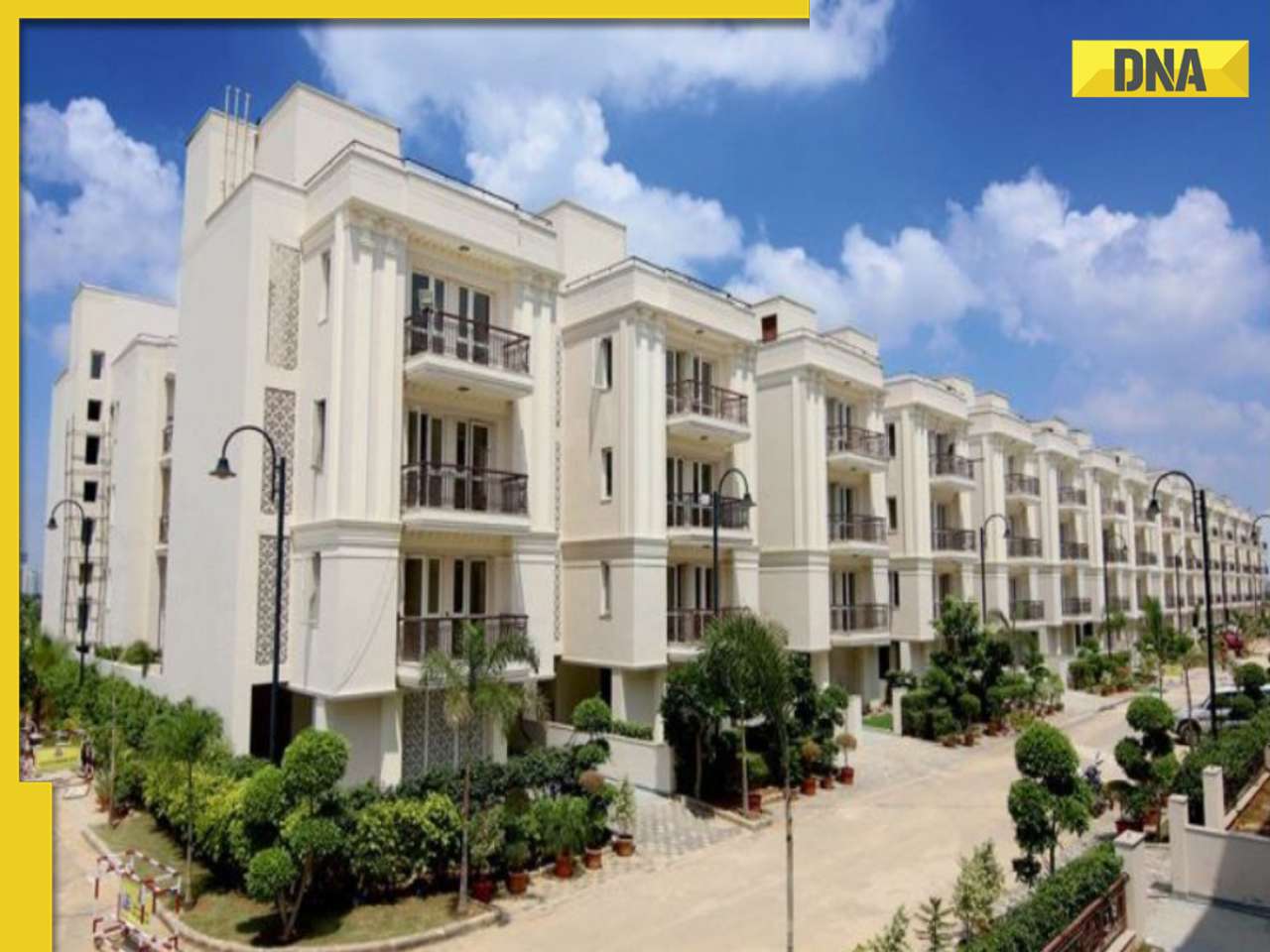



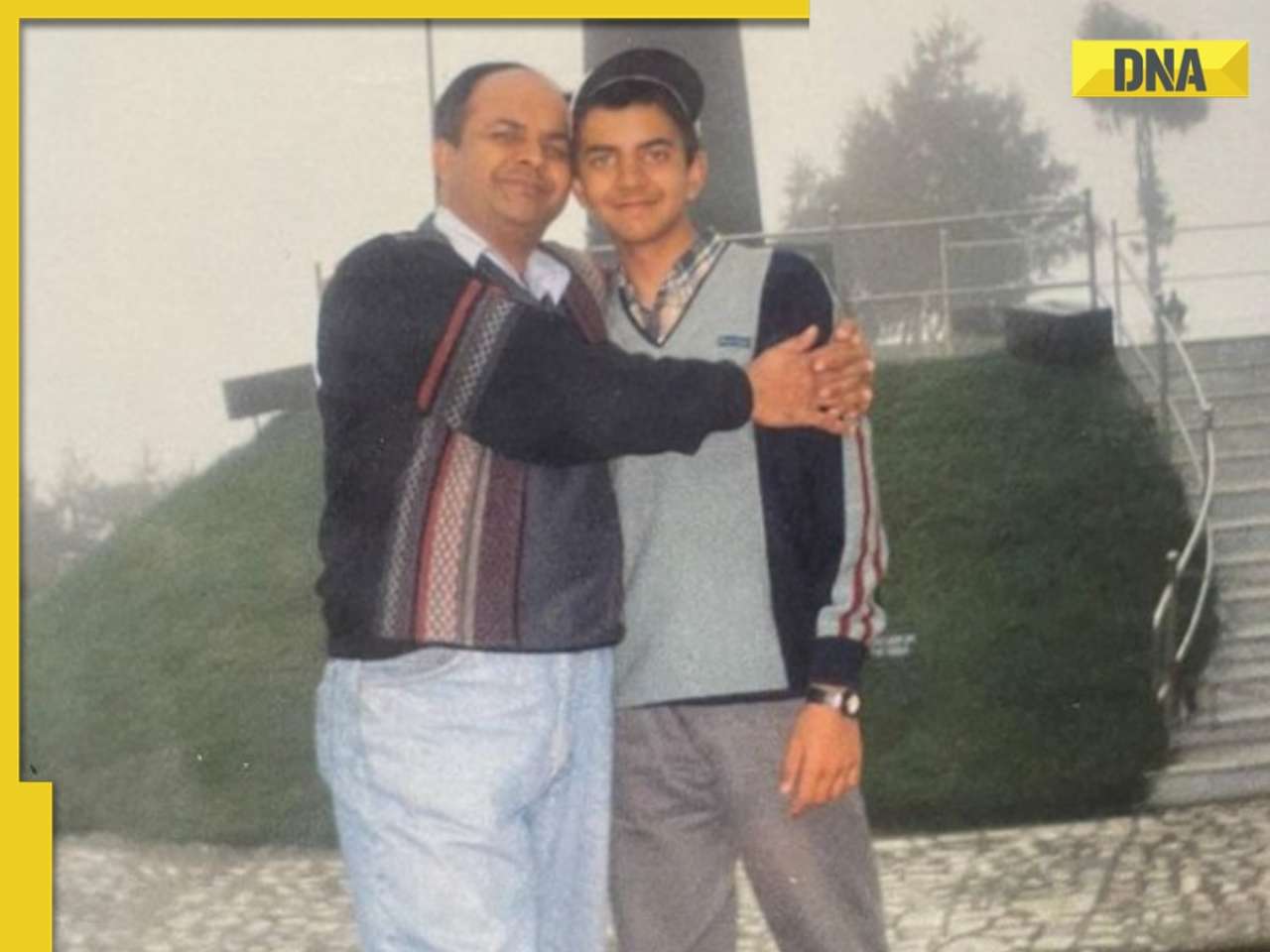





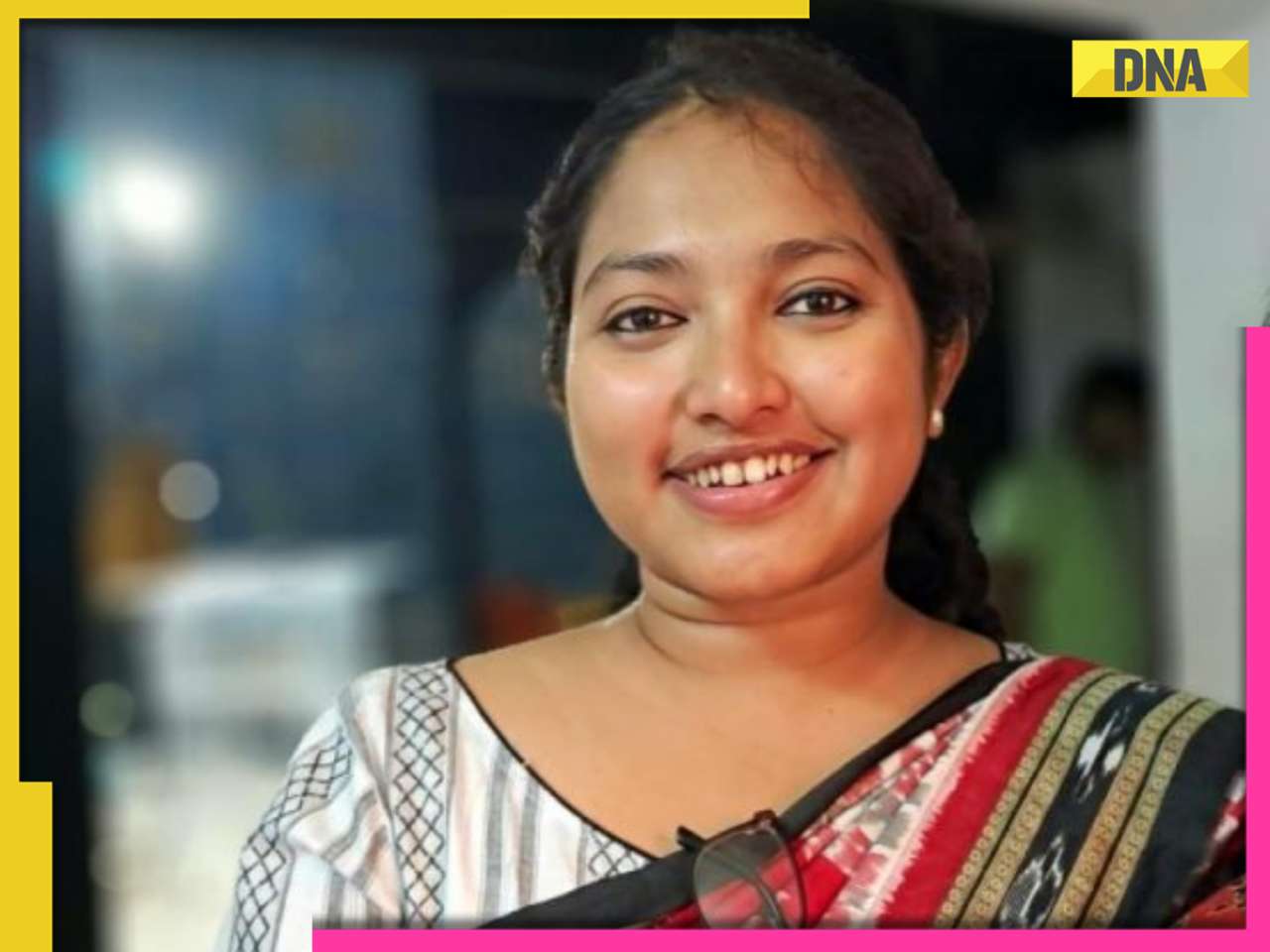

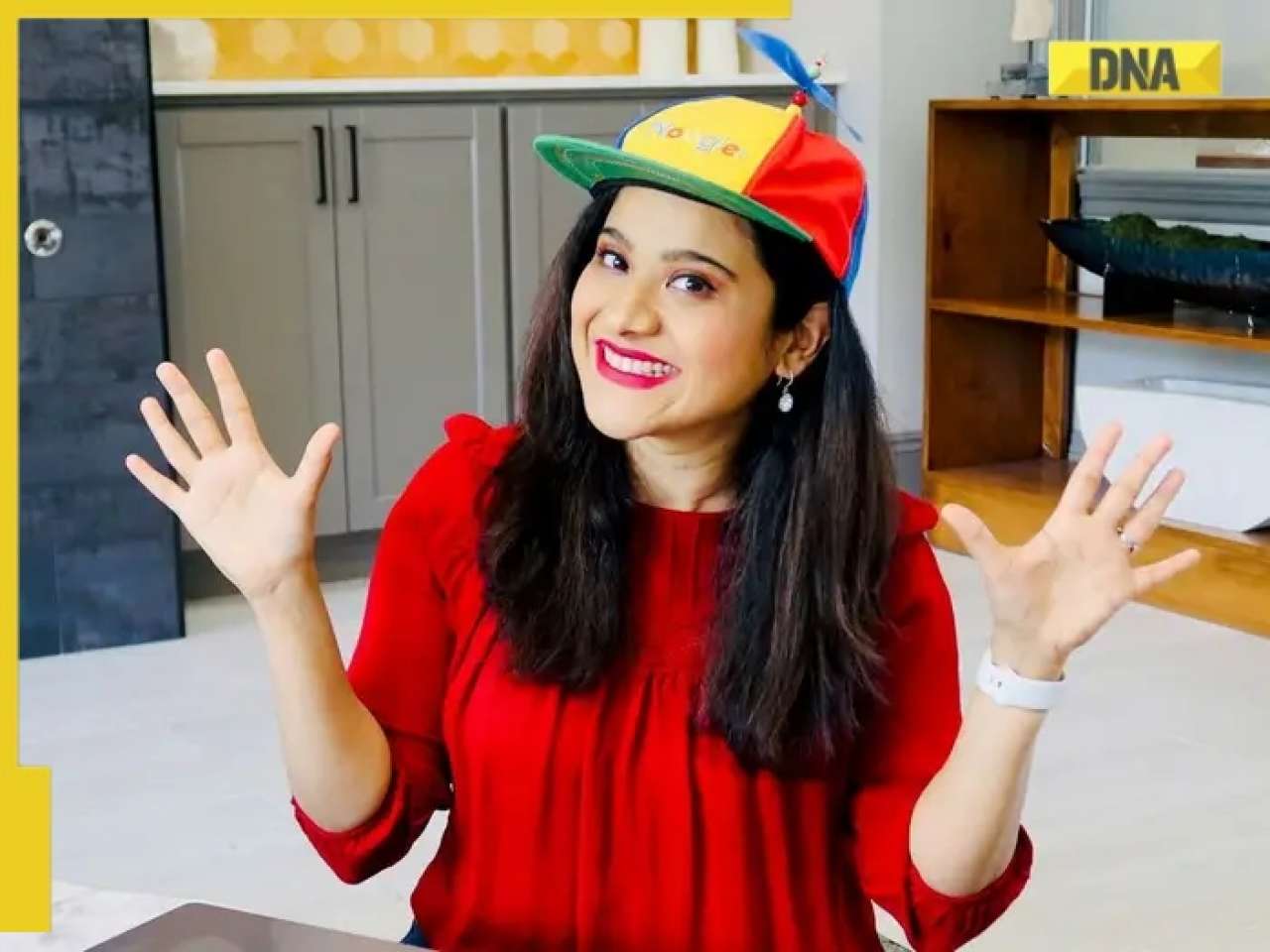
































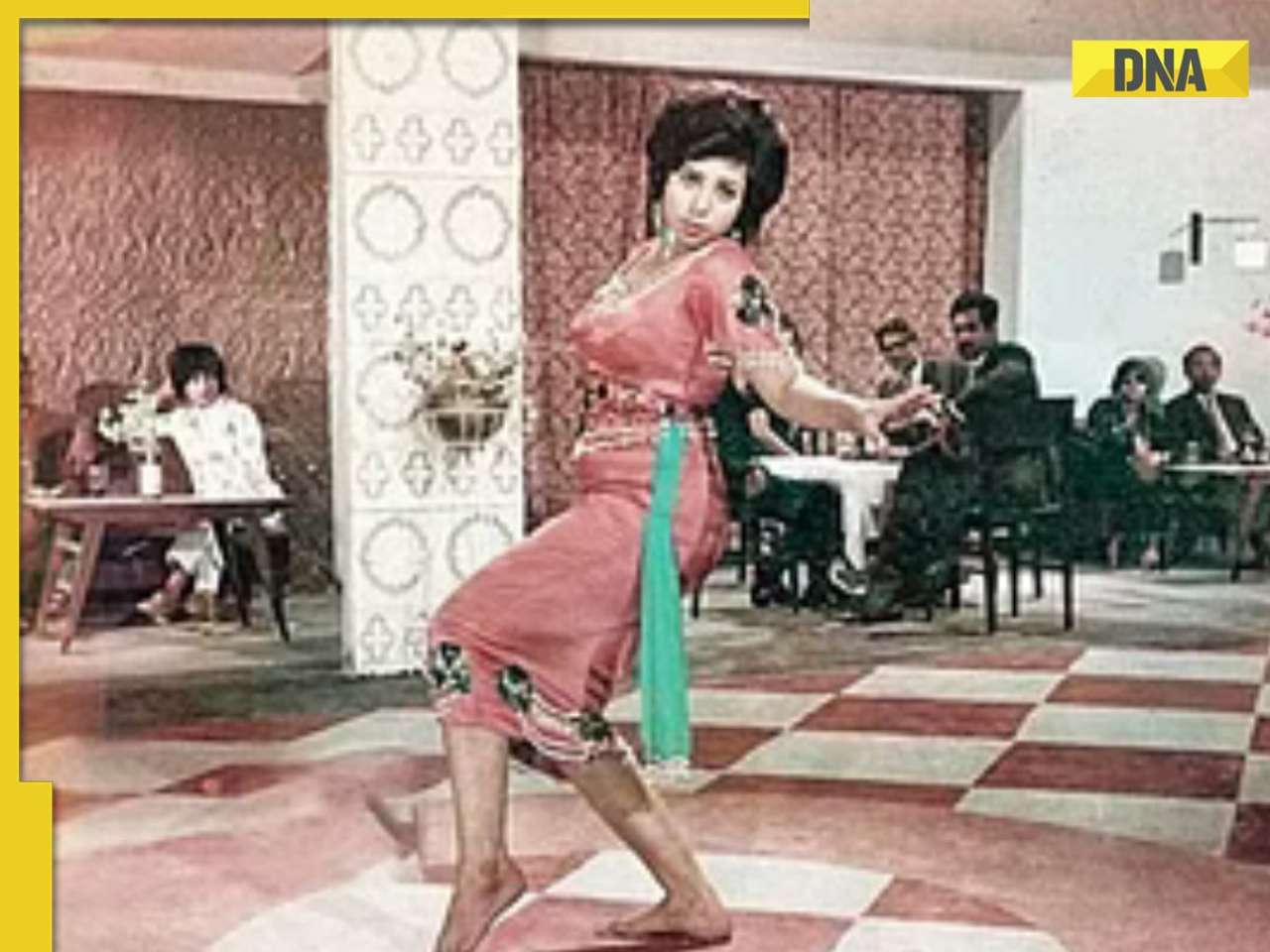








)
)
)
)
)
)